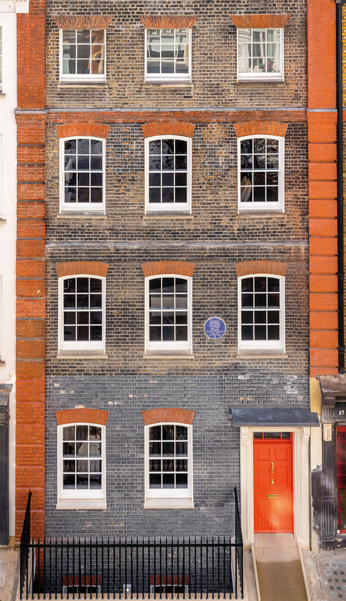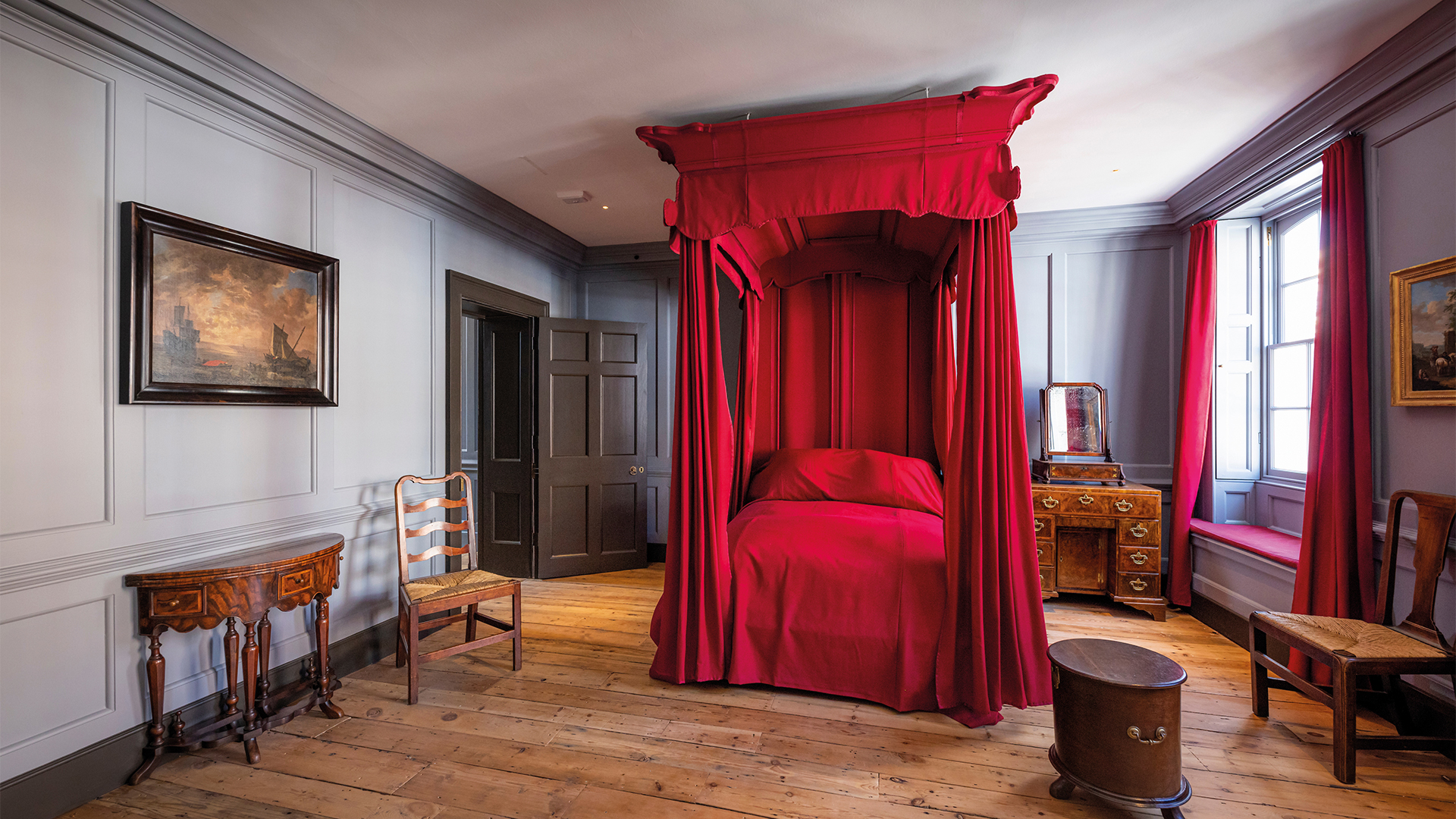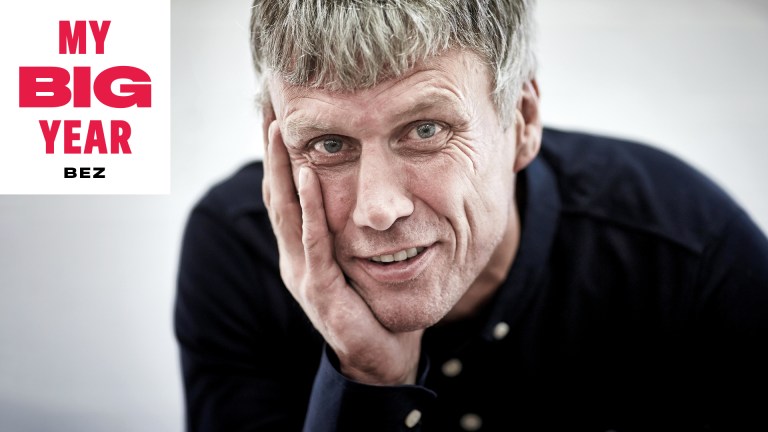Hidden among the boutiques and beautifying services in London’s Mayfair is a bright red door to an 18th-century townhouse. The surrounding hubbub would surprise its first famous occupant: when Handel arrived in 1723, Brook Street neighboured fields. The now-busy thoroughfare was relatively peaceful, yet close to all Georgian amenities – an ideal base for the German-born composer, who became a naturalised British subject in 1727. A cosy parlour offered a suitable waiting room for various supporters, while above, a simple studio provided space for the composer to write and supervise rehearsals.
On the upper-floor of the adjacent flat, another musician undertook virtually identical activities – albeit some two centuries later. Jimi Hendrix lived in the same building in 1968, doing for the guitar what Handel had achieved for the harpsichord. The two musicians are celebrated in the newly renovated Handel Hendrix House, a living monument in honour of Brook Street’s admired residents.
- Funding cuts in music education will destroy our cultural landscape
- Folk music venue fights for survival after ‘unfair’ £99k bill from billionaire landlords
Even the most adventurous curator might have reservations about positioning these two very different musical icons side by side. On the face of it, the only things Handel and Hendrix have in common is the same address – and conveniently complementary surnames. By curious coincidence, in the same week I visited Handel Hendrix House, Hendrix was incorporated into another classical music setting, this time at Patricia Kopatchinskaja’s Dies Irae at the Southbank Centre, where the guitarist appeared on a screen behind the violinist. The concert was a musical response to climate change, and Hendrix (1942-1970) featured mid-performance of Biber (1644-1704) and Crumb (1929-2022).

Handel, who was based in Brook Street for 36 years, was an international star by the time he came to London. He was commissioned to write Zadok the Priest for the coronation of George II, the stirring anthem that has been used at every coronation since, including that of King Charles. As museum visitors move through the ground floor, admiring the replica period organ and harpsichord on display, and up the stairs, they are invited to hear excerpts from another beloved work – Handel’s Messiah (1741), the oratorio that is performed all over the world and was largely created in Brook Street.
Up another flight of stairs and the Canalettos have been replaced with dangling macrame; a coffee pot sits next to an electric fire. There are no keyboard instruments here, instead, an acoustic guitar rests on a mattress. This is, of course, Hendrix’s bedroom, recreated based on accounts from those who were there at the time. The guitarist’s extensive record collection is displayed further along. Although the Handel Hendrix House is a new project, Handel’s residence has long been preserved, with a blue plaque present by the time Hendrix arrived. “God’s honest truth, I haven’t heard much of the fella’s stuff,” he said, “But I dig a bit of Bach now and again.”
The connection intrigued Hendrix. He went on to buy recordings of Messiah and Belshazzar at HMV up the road in Oxford Street. The record sleeves on show feature the London Philharmonic Choir, Ravi Shankar and the BBC Symphony Orchestra, alongside Bob Dylan and the Bee Gees. In one room, posters of Hendrix once owned by Freddie Mercury are on view; on another wall, flyers for Hendrix’s Experience tour hang next to engravings of London in the late 1700s. It’s the curatorial equivalent of streaming, and miraculously, it works. As with Kopatchinskaja’s gig, I leave pleasingly unsure of which decade – or century – we’re in, with a renewed love of both Alcina and Are You Experienced.









